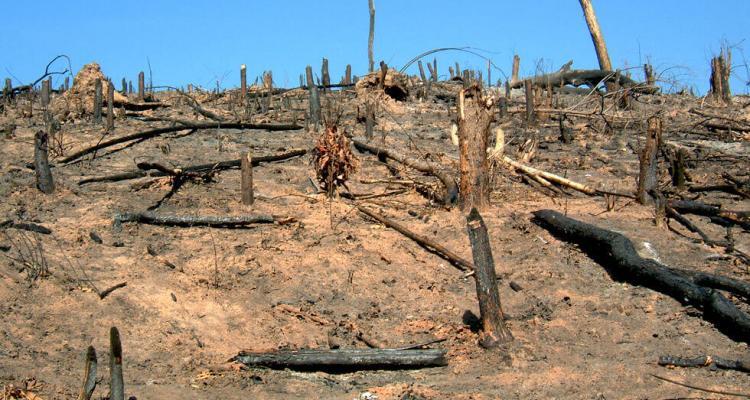
The thick black walls, the hailing smoke that meanders into the skies through the kitchen roof, emanating from traditional tripod and announcing the days preparation of meals, is no longer winning hearts.
This is due to growing concerns of exploitation of fuel wood for cooking and the attendant effects on the environment.
The origins
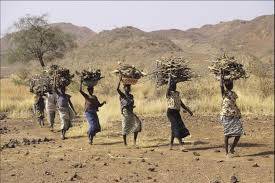
Malawi State of Environment and Outlook Report of 2010 by the Ministry of Natural Resources, indicates that Malawi is losing its forest very quickly. It says Malawis forests cover had dwindled from 3.2 million hectares at the beginning of the 21th Century to only 2.8 million hectares. This information is horrifying and need to prick the conscience of Malawians to appreciate the urgent need for all to find alternatives to cooking.
National Tree Planting Officer in the Department of Forestry, Ronnie Chirambo, said despite the fact that more trees are being cut down, the pace at which this is happening is at a decreasing rate because there are simply no trees left in the country to cut down.
According to experts as recorded in the SPORE magazine, more than three billion people, (majority of them from Asia and sub Saharan Africa) still cook without clean fuels and efficient technologies, contributing to 90 per cent deforestation in Africa. According to the FAO, 60 percent of charcoal and 35 percent of wood fuels are consumed globally.
The article the risks of increasing consumption, written by Romainloury, (SPORE), says Africa lost 75 million hectares of forest area between 1990 and 2010.
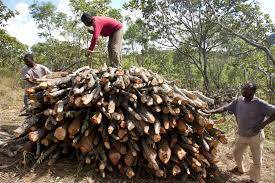
The concern is that much as the environment is being depleted through indiscriminate felling of trees to acquire fuel wood, the same spate of effort is not made to find alternatives to adopt new cooking technologies to reduce degradation on the environment.
The traditional forms of cooking on tripods and stones over the years do not compromise on quantity of wood used since the more the quantity of food cooked, the more wood and charcoal used and these actions affect health of all, especially women, children and the environment.
The situation in secondary schools in the three regions of the north is no better, as most of these institutions cook on a large scale to feed the students, using similar methods of cooking.
These methods of cooking, impact negatively on the environment. According to WHO, 4.3 million people suffer and die from household pollution every year with 13,700 people dying annually due to indoor pollution in Malawi while 600,000 deaths occur in Africa due to cardiovascular diseases and cancers.
Globally, indoor pollution is noted to be the third leading cause of deaths. Estimated health, environmental and economic cost of traditional cooking and the use of solid fuels cost about US$123 billion annually according to the report.
Heavy in-door pollution damages the eyes and lungs. However, the use of improved cooking technologies leads to reducing emissions and disease burdens.
It is for this reason that as a nation, all must rise to the call for more environmental and healthy livelihoods through the use of culturally-appropriate clean and efficient cooking technologies that meet every traditional users needs to accelerate efforts to increase access to clean, modern cooking fuels to achieve the goals for the Sustainable Energy for All (SE4All).
Effects of grimy cooking techniques
Underscored in the SDG Goals two that stresses on good health and well-being of women and children, smoke inhalation through cooking from these old methods hinder the achievement of this goal if no actions are taken to improve the current situation. The practice is a worry because women in the three regions of the north of Malawi, who consume about 50.47 per cent of their primary energy needs on solid fuel, charcoal and wood, continue to do so for the lack of alternatives as of 2016, according to the World Bank collection of development indicators.
To this end, women and girls spend close to four hours or 30 per cent of the day searching for the resource from farms, mangroves and forest areas for their cooking, with negative implications. It is not only the quality time lost by these girls in school, gathering fuel wood for their families, but the women could instead use that period to carry out income earning activities to support the family.

Unfortunately unpaid work in terms of collection of fuel wood and cooking, remain a major cause of gender inequality in the country especially in Malawi.
To improve the situation of the girls and the quality of education as in goal four, there is the need for more families to adopt improved ways of cooking to reduce cooking time.
In the midst of the growing environmental violations and indiscriminate wood use for cooking, the countrys progress in charting the path to ensure SDG seven that seeks to guarantee access to affordable, reliable, sustainable and modern energy for all by 2030, is still bedeviled with challenges because families are unable to afford the high cost of new cooking technologies and therefore rural communities find it difficult to patronize the new cooking techniques.
Malawians, who do not use electrical energy for cookery, have found soothe turning to low-energy cook stoves fondly called chitetezo mbaula in search of cleaner energy substitute.
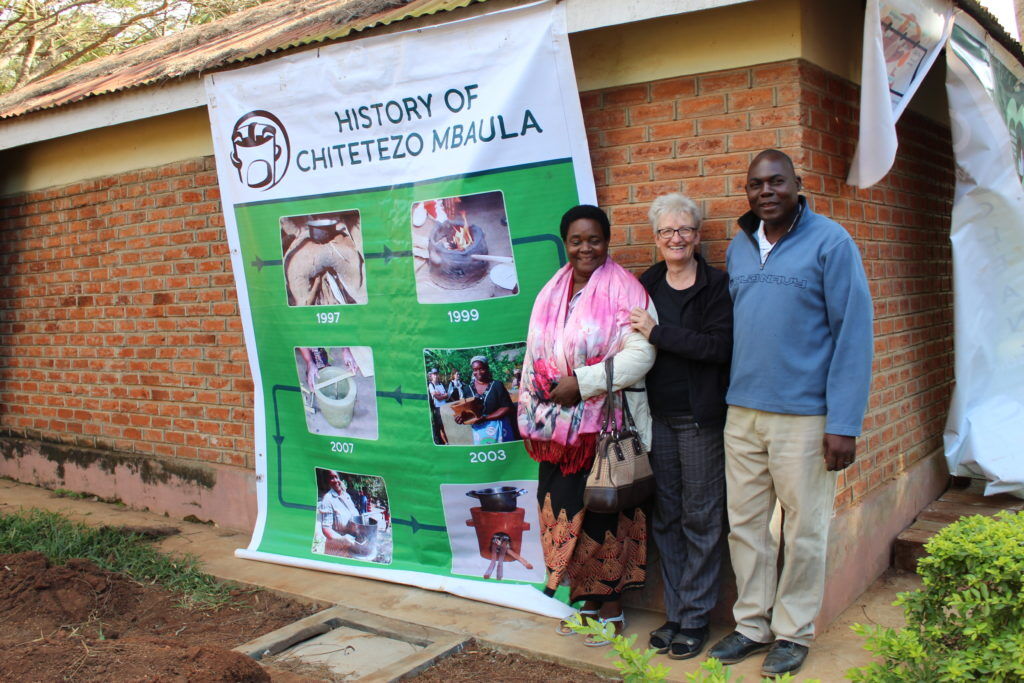
Chitetezo mbaula, are known to reduce the amount of smoke produced by allowing the firewood to burn completely, says Christina Makuluni.
The mother of two, further laments complete combustion provides health benefits for the family, especially for me as a mother, and my children as we spend most of our time in the kitchen.
Makuluni widow-Machinjiri resident in Blantyre testifies, Chitetezo mbaula is cleaner and more efficient than traditional mbaula and open fires as they consume less wood or charcoal to cook meals and emit less smoke.
There is need for the government of Malawi to find means of acquiring low consuming cook stoves and distribute free to its populace as part of efforts to promote clean cooking, as the continual dependence on Escom national grid electrical energy has been bedeviled with challenges due to high tariffs charges and frequent outages.
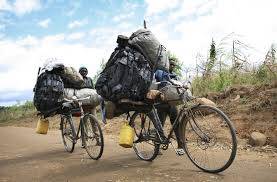
Similar is the use of gas because beneficiaries are still unable to refill the cylinders and discontinue use due to high cost of liquefied gas. It has therefore led to most rustic communities reverting to the use of wood for fuel.
To this end, there is the need for Malawi to set out clear targets and make investments move towards sensitising communities and institutions in respect of implementing policies to achieve SDG seven which links to the other 16 SDG goals.
This is because when the time in cooking household meals is reduced through the use of improved cooking systems, the burden on families who go out and spend lots of time to collect and buy the wood will reduce, thereby promoting zero hunger which goal two seek to solve.
Approvals
National Tree Planting Officer in the Department of Forestry, Ronnie Chirambo said to address all the SDG content, Malawi must implement policies and strategies on clean cooking systems.
He noted that even though Global Alliance for Clean Cook Stoves and its counterpart in Malawi took a stand to promote clean cook stoves.
He said the time women and children spend in search for wood could be rechanneled to other activities to earn income and to reduce poverty.
The year 2013, Malawi government partnered with Global Alliance for Clean Cook stoves Alliance pledging to ensure two million is in operation by 2020.
National Cook stoves Steering Committee (NCSS) real-time website shows almost 5,539 Malawians have fashioned 661,000 stoves and sold about 567,300 to this point.















I like the kind of style the writer uses, it makes a reader to read the story from the start up to the very end. He is a genius!